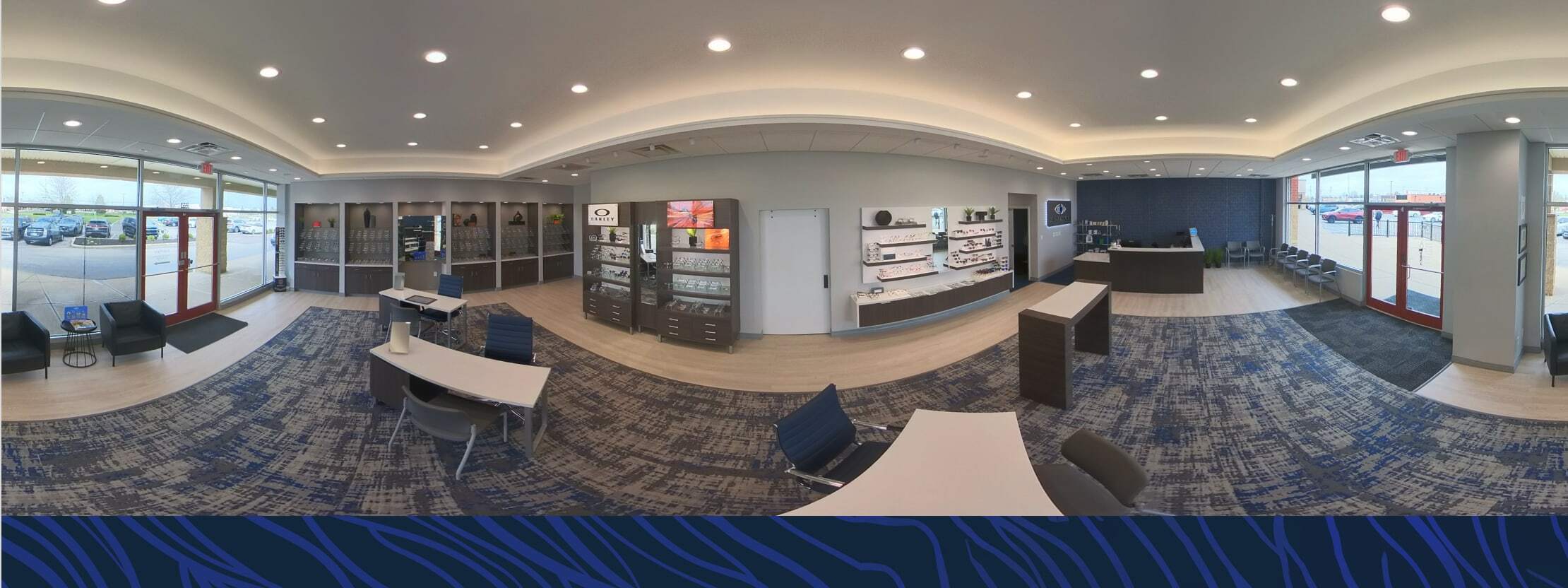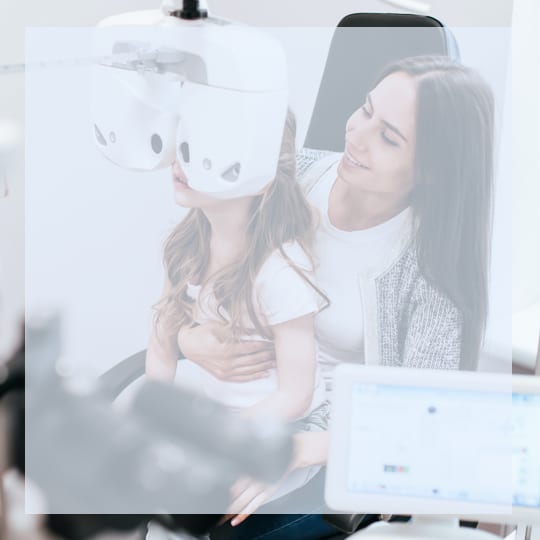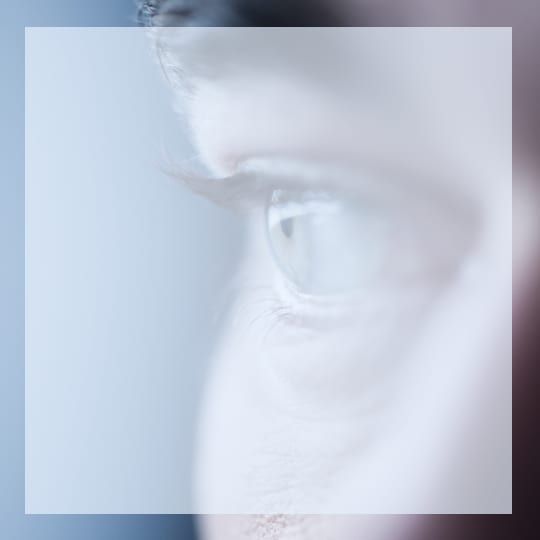

Diabetic Eye Exams in Loveland
Book AppointmentDon’t Let Diabetes Dictate
Diabetes is a serious disease that affects all parts of your life, including vision. There is only one way to ensure that diabetic-related eye diseases are being treated early and effectively: regular diabetic eye exams.
2020 EyeCare is a trusted diabetic eye exam center in Loveland. Our eye doctors are experienced in managing diabetic patients and making sure that the first signs of eye disease are diagnosed. A diabetic eye exam is similar to our standard adult eye exams with a focus on ocular health conditions related to diabetes.

How Often Should I Have a Diabetic Eye Exam?
If you have been diagnosed with diabetes, you should visit our practice annually. Recognizing eye disease early requires regularly scheduled eye exams. Diabetic eye exams will typically require dilating eye drops, so please bring a pair of sunglasses for post-exam eye protection.
Getting to Know the Whole Picture
When it comes to diabetes and ocular health, we don’t want to take any chances. 2020 Eyecare Ohio employs the latest diagnostic testing methods to get a clear picture of what’s happening inside and around your eyes.
Fundus Photography
The fundus is the inside, back surface of the eye that includes the retina and macula. Our advanced fundus photography cameras peer through the pupil to view this area and survey for abnormalities. This digital retinal imaging provides high-definition images of the optic nerve.
OCT
Optical Coherence Tomography is a non-invasive way to measure cross-sections of your retina. This allows our optometrists to study the layers inside your eye and identify potential trouble spots. Dilating eye drops will likely be used to open up your pupils for better resolution.
Addressing Diabetic Concerns
Diabetes causes changes in your blood sugar level which can negatively affect how blood vessels in your eyes work. Our diabetic eye exams capture information from the back of your eye to identify eye diseases like glaucoma and AMD. There are some conditions specifically related to people with diabetes.
Diabetic Retinopathy
Increased sugar levels in our blood can block the tiny vessels connected to the retina. Irregular blood flow damages the retina in a profound way, known as diabetic retinopathy. When left untreated, this condition can lead to total vision loss. People with diabetes are high-risk for this condition and must get annual eye exams to view the retina before symptoms are obvious.
The signs of diabetic retinopathy often appear slowly, once the disease has progressed to a dangerous level. These symptoms include:
- Sudden changes in vision
- Blurred vision
- Eye floaters and spots
- Double vision
- Eye pain
Diabetic Macular Edema
When the blood vessels in the eye experience irregular pressure, they can leak into the retina. These leaks can cause swelling in the central part of the retina, known as the macula. This condition, diabetic macular edema, is very dangerous to your eye health and can even lead to vision loss.
The best way to monitor diabetic macular edema is with consistent visits to our optometry center. Our greatest advantage in preventing its progress is staying ahead and treating the condition early.
Our Location
Find our office in the shopping plaza on the corner of Fields Ertel Road and Montgomery Road. We’re in between the Cricket Wireless and Cosmo Prof, and there is ample free parking available in the plaza.

Our Address
9553 Fields Ertel RdLoveland, OH 45140
Contact Information
- Phone: 513.428.2020
- Email: [email protected]
Hours of Operation
*We’re now open 1 Saturday a month! Please call ahead for availability.
Our Services

Comprehensive eye exams are the first step towards maintaining good ocular health and vision for as long as you can, and we can make that happen.
Learn More
Dry eye disease can make performing everyday activities extremely uncomfortable. At 2020 Eyecare Ohio, we can help you find relief.
Learn More
If you’re tired of dealing with glasses or contacts, LASIK may be a good option to consider, and we’ll be there with you every step of the way.
Learn More
Glaucoma is called the “Silent Thief of Sight” because it can occur without any noticeable symptoms. We’re here to help save your vision.
Learn MoreOur Brands





Our Google Reviews
Our Blog
Why Do I Keep Waking Up with Dry Eyes?
Dry EyesEye ConditionsWhy Do I Keep Waking Up with Dry Eyes?
Dry EyesEye ConditionsWaking up with scratchy, gritty, or uncomfortable eyes can be a frustrating experience. Dry eye […]
Waking up with scratchy, gritty, or uncomfortable eyes can be a frustrating experience. Dry eye […]
Can You Wear Eye Makeup With Punctal Plugs?
Dry EyesEye CareCan You Wear Eye Makeup With Punctal Plugs?
Dry EyesEye CarePunctal plugs are a common treatment that can offer relief for dry, irritated eyes. With […]
Punctal plugs are a common treatment that can offer relief for dry, irritated eyes. With […]
Keratoconus Contact Lenses: Tips for First-Time Wearers
Contact LensesKeratoconusKeratoconus Contact Lenses: Tips for First-Time Wearers
Contact LensesKeratoconusLiving with keratoconus can present unique vision challenges. Standard glasses may not fully correct your […]
Living with keratoconus can present unique vision challenges. Standard glasses may not fully correct your […]


